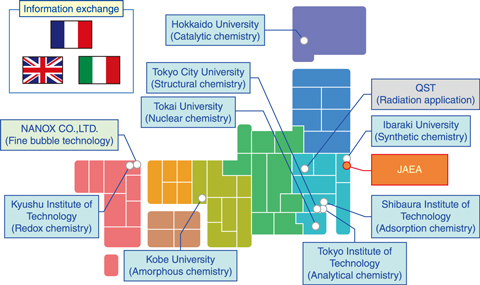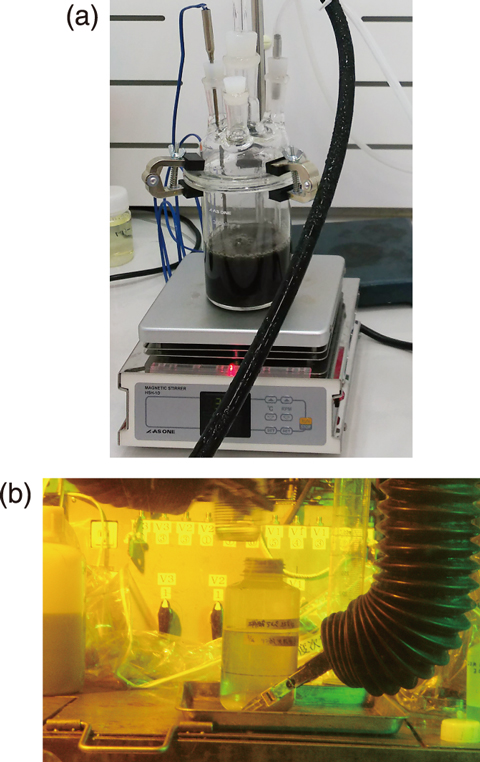
Fig.8-8 Organization of STRAD project (as of 2020)

Fig.8-9 Experiments
Decommissioning nuclear facilities such as laboratories and medical facilities will be an important task in the near future. In particular, liquid waste accumulated inside the facilities, containing radioactive particles and various chemicals, must be treated inside the facility with special care and adherence to strict safety procedures.
JAEA is developing new technologies for treating liquid waste using genuine radioactive liquid waste accumulated in the Chemical Processing Facility (CPF) of JAEA under a collaborative research project, the Systematic Treatments of RAdioactive liquid wastes for Decommissioning (STRAD) project. Eleven organizations have joined the project, as shown in Fig.8-8, and participating members have actively performed research on and are engaged in discussions on the management of liquid waste.
As various activities in the facilities have generated many kinds of liquid wastes, an appropriate treatment procedure must be found for each liquid waste containing hazardous chemicals. One particularly difficult target is the aqueous solution generated by analyses on experimental samples. Reactive chemicals e.g., ammonium salts are often added to the sample during pretreatment; however, ammonium ions should be removed from the solution to prevent the formation of explosive ammonium nitrate. As such, a method for decomposing the ammonium ion using ozone oxidation with a homogeneous CoCl2 catalyst was developed (Fig.8-9(a)). Ammonium ions were successfully decomposed without high temperatures or pressures; thus, this method presents a safer alternative to previously reported methods. Other chemically reactive compounds are expected to be treated with a similar procedure.
As the recovery of U and Pu from spent solvent also presents a challenge, specialized adsorbents have been developed and tested. Phosphoric acid and lactic acid in the waste solutions of CPF were appropriately treated inside a hot-cell (see Fig.8-9(b)). The treatment procedures of liquid wastes at the CPF will be completed by the end of FY2022. The STRAD project will be further promoted based on the information exchange with foreign countries.
The STRAD project is conducted through several collaborative studies by JAEA with other organizations on, e.g., “Separation and decomposition of ammonium ion for treatment of radioactive liquid waste”.
(Sou Watanabe and Haruka Aihara)